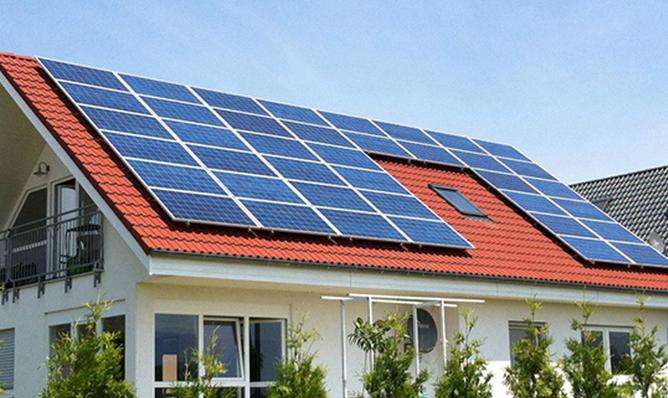Ordinary pressurized water reactor: uses ordinary water (called light water to distinguish it from heavy water) as a coolant and moderator.
The function of the coolant is to transfer the heat released by nuclear fission to generate steam necessary to drive the steam turbine. The function of the moderator is to slow down the neutrons produced by nuclear fission to increase the residence time of the neutrons in the reactor and reduce the escape rate.
The difference between a pressurized water reactor and a boiling water reactor is as follows: in a boiling water reactor, the light water used as a heat carrier turns directly into steam and enters the turbine steam to do its work, while in a pressurized water reactor, the light water used as a coolant turns directly into steam, it rIt is always liquid, with a general temperature of 320-350 degrees Celsius and a pressure of 15-18MPa.
Explanation of related content
Once this high temperature water leaves the reactor, it exchanges heat with the feed water in the steam generator, heating the The steam feed water and sends it to the steam turbine to do work, and the cooled light water coolant returns to the reactor. Compared to boiling water reactors, the advantage of pressurized water reactors is that the steam entering the steam turbine is not radioactive and no special design of the steam turbine and condenser is required .
There is another type of pressure tube reactor: heavy water is used as a moderator (because heavy water absorbs neutrons with difficulty) and light water is used as a coolant. The coolant is in a high temperature tubeure and high pressure, while heavy water does not maintain high temperature and pressure, generally at normal atmospheric pressure, 70 degrees Celsius. This is to reduce the loss of heavy water. Because heavy water is very expensive.
What systems are used to cool water in pressurized water reactors in the 20th century?
Reactor developed jointly by Framatome and Siemens.
The EPR is a reactor developed jointly by Framatome and Siemens. In January 2001, Framatome merged with Siemens Nuclear Power Division to form Framatome Advanced Nuclear Power Company (Framatome ANP, subsidiary of the AREVA group). EDF and major German electricity companies participated in the design of the project.
In the 20th century, the cooling water of pressurized water reactors was divided into two parts: the primary system and the secondary system:
The water from cooling of thePrimary system was maintained at a pressure of about 160 atmospheres, so that it can remain in a liquid state when heated to about 325°C. In order to absorb neutrons during nuclear fission, a little boron is added to water to adjust the speed of the nuclear reaction. The primary cooling water directly contacts the nuclear fission part, discharging the heat generated by it, and carries out heat exchange through the steam generator, so that the secondary cooling water is heated until boiling.
The secondary cooling water is heated to 275°C at 60 atmospheric pressure and becomes steam used to drive the steam turbine for electricity generation.














